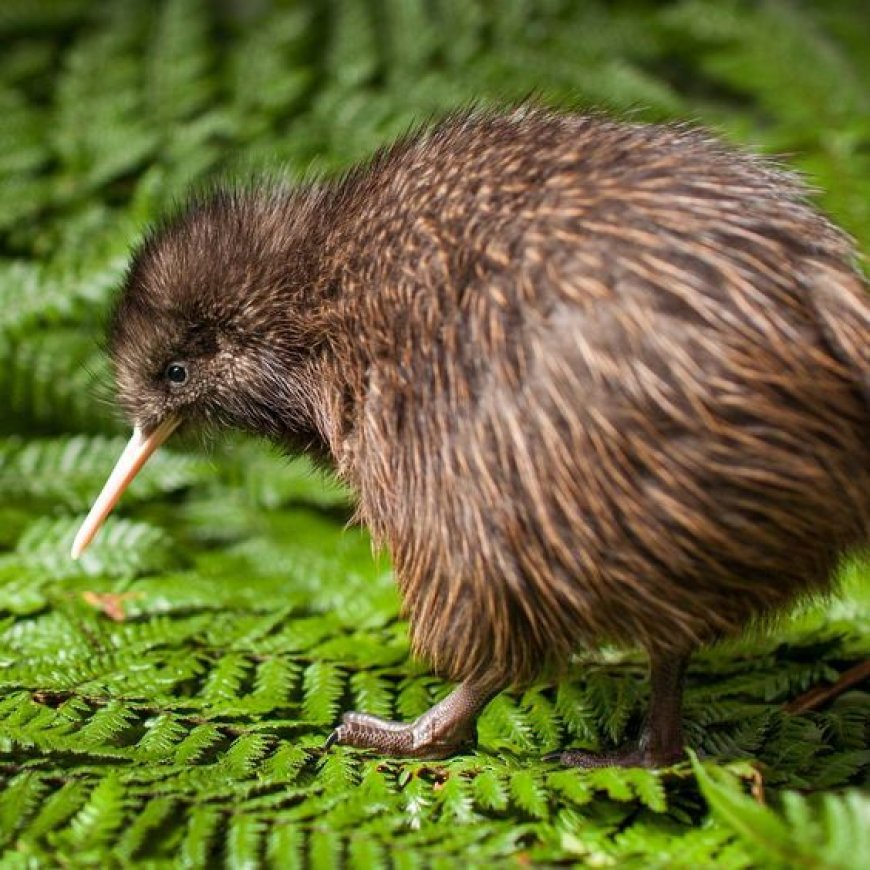'What bird species lays unusually large eggs, sparking intrigue and challenging our understanding of nature's secrets in the avian world?'
Unveiling the Mysteries of New Zealand's Flightless Marvels and their Unique Reproductive Strategies

Kiwi Birds: The Ultimate Egg Game Masters
Native to New Zealand, kiwi birds are amazing animals recognized for their distinctive features. Their enormous eggs are among these flightless birds' most amazing features. Kiwi eggs are tiny, but they are remarkably big in relation to the bird's body, making them a unique sight in the bird kingdom.

The ratite group, which also includes ostriches, emus, and cassowaries, is home to the kiwi bird, a representation of New Zealand and its abundant biodiversity. In contrast to their enormous relatives, kiwis are small—roughly the size of a domestic chicken—but they produce eggs that are larger than expected. As a matter of fact, kiwi eggs are among the biggest in relation to body size of any bird, with some reaching up to 20% of the weight of the female bird.
There's an interesting evolutionary explanation for the size of kiwi eggs. Because they are flightless birds, kiwis have evolved to live on the ground, and this has been reflected in their reproductive strategy. The big eggs provide enough of nutrition and energy for the growing chick, which is an investment in the species' survival. This tactic fits in with the difficulties encountered by ground-dwelling birds, whose nests could be more vulnerable to predators.
The kiwi's method of reproduction is also unique. Usually, the male kiwi is in charge of incubating the solitary, big egg that the female lays. Compared to many other bird species, where the female is largely responsible for incubation, this is a surprising role reversal. In the world of bird parenting, the male kiwi exhibits a special relationship as he devotes all of his attention to protecting the egg.

The thick, rough-textured shells of kiwi eggs are another indication of the birds' acclimatization to life in the woods of New Zealand. The kiwi's nesting behaviors have evolved in response to its difficult environment and possible predator dangers. The egg's size and structure provide an extra layer of defense, giving the growing chick the greatest chance of surviving.
Since imported predators and habitat degradation are only two of the many problems that these amazing birds face, conservation activities are essential to maintaining kiwi numbers. The preservation of kiwi eggs and the guarantee that the offspring survive after hatching are the main goals of several conservation programs. Strategies used to ensure the survival of these rare birds include captive breeding programs, predator control measures, and habitat restoration initiatives.
To sum up, the kiwi bird's tendency to produce very enormous eggs is evidence of its adaptability to the difficulties of living on the ground. These eggs represent the delicate balance of evolution and the extent to which animals will go in order to preserve the survival of their kind, even in spite of their small size. The famous kiwi and its amazing eggs are expected to survive for many more generations, contributing to the rich tapestry of New Zealand's natural history, as long as conservation efforts are sustained.





















































